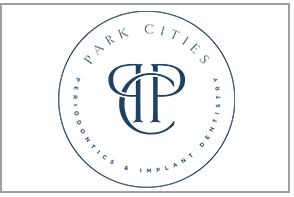A Thorough and Professional Oral Cancer Exam
The examination for oral cancer will be thorough but also painless. To begin, Dr. Tomlin will check the face, neck, and glands for unusual bumps or lumps. Next, she will perform a visual inspection of the front and sides of the tongue, and the floor of the mouth for red patches and unhealed sores. Bleeding or slow-healing sores can indicate cancerous changes. Leukoplakia, a raised lesion that appears to be greyish-white inside the mouth, may also be cancerous.
Soreness, lumps under the skin, or any thickening tissue found in the mouth or throat can also signal an early pathologic change.
Taking the Next Step
If any suspicious lesions, sores or lumps are detected, Dr. Tomlin will consult with you to discuss the appropriate course of action. This might include a biopsy for a definitive diagnosis, surgical removal of a lesion, chemotherapy, or radiation therapy.
You may receive professional advice for preventing oral cancer, since more than 75% of oral cancer cases are linked to avoidable lifestyle behaviors like smoking, excessive alcohol consumption, and tobacco use. Making healthy choices can reduce your risk for oral cancer significantly, but you should also remember that as many as 1 out of every 4 oral cancer victims has no known risk factors. That’s why we urge all adults to schedule a professional oral cancer examination each year – even if you believe your risk to be minimal.
Park Cities Periodontics & Implant Dentistry is now performing Enhanced Oral Cancer Screenings.
Are you ready to make a lifesaving decision today? Contact us to schedule your appointment.

